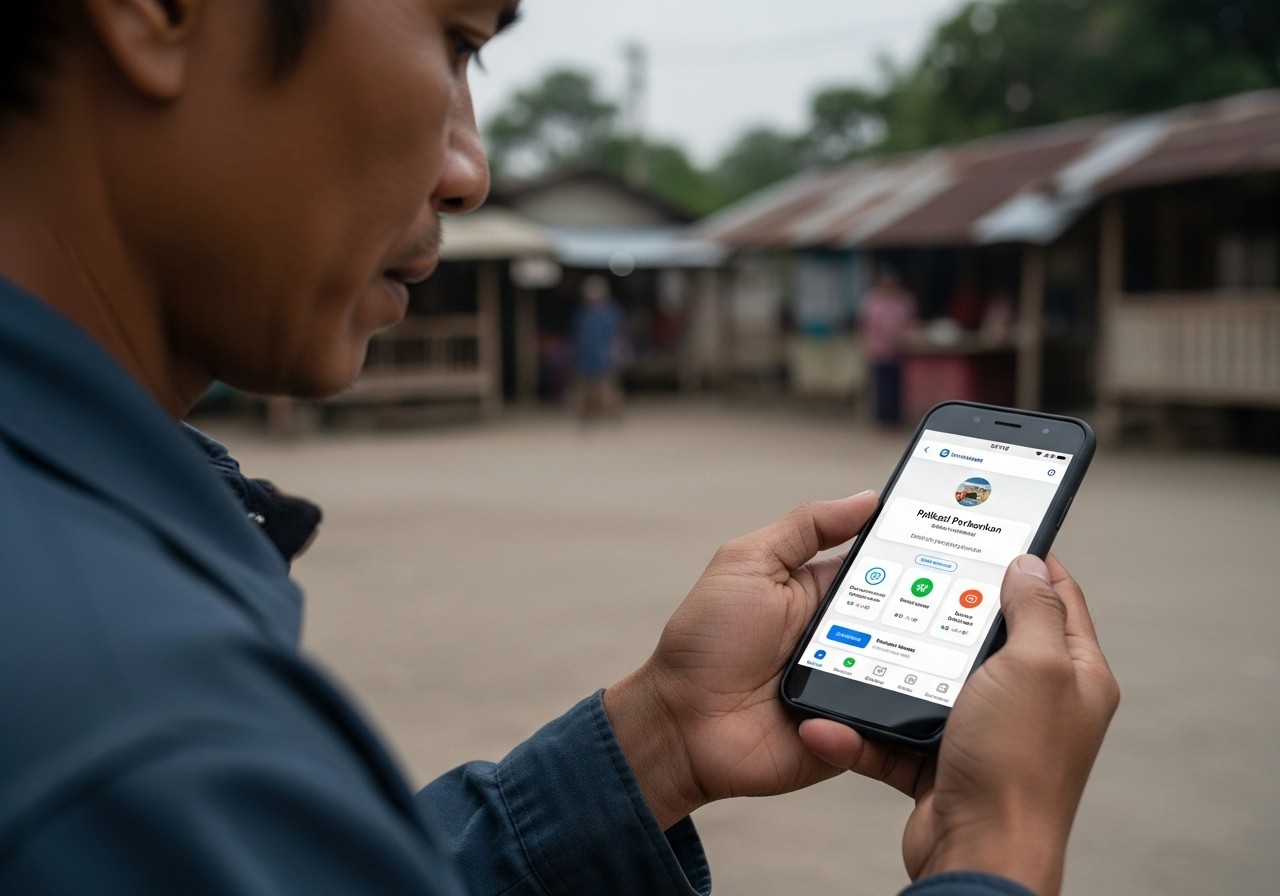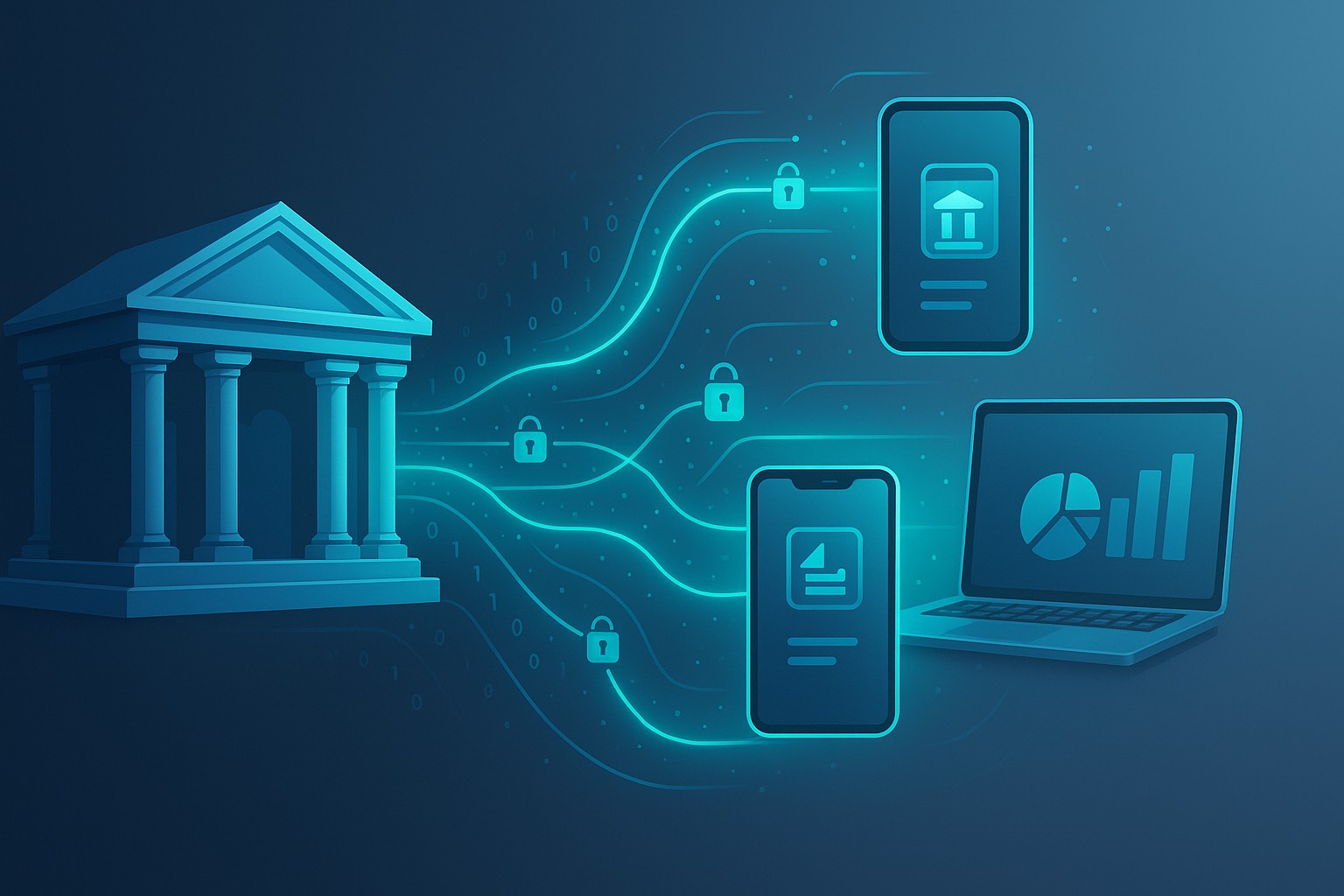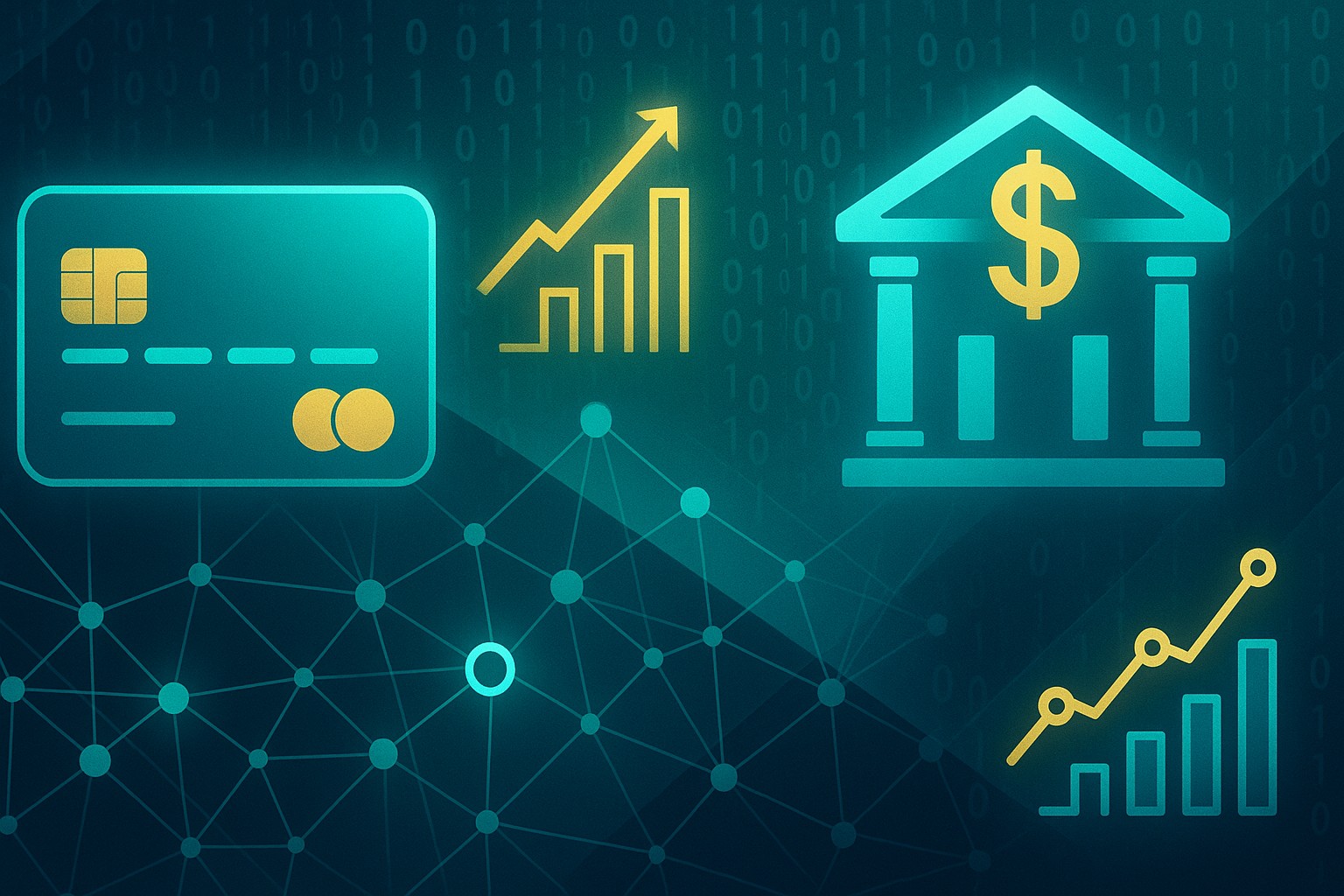Financial inclusion, the access to affordable and useful financial products and services, has long been a challenge for underserved communities globally. Traditional banking systems often fall short in reaching these populations, burdened by geographical limitations, high fees, and complex processes. However, the rise of mobile-first banks is offering a transformative solution, leveraging technology to bridge the financial gap and empower individuals who have historically been excluded.
The Promise of Mobile-First Banking
Mobile-first banks, also known as neo banks or digital banks, operate primarily or exclusively through mobile devices. This approach drastically reduces overhead costs, allowing them to offer lower fees and more accessible services compared to traditional brick-and-mortar institutions. For individuals in remote areas or those with limited access to transportation, mobile banking provides a convenient and cost-effective way to manage their finances. This includes basic transactions like sending and receiving money, paying bills, and accessing credit and savings products.
The impact of mobile banking on poverty reduction is significant. By providing access to formal financial systems, mobile-first banks enable individuals to save securely, build credit, and invest in their future. This is particularly crucial for small business owners who often rely on informal lending sources with high interest rates. Access to affordable credit through mobile banking can fuel entrepreneurship and drive economic growth within these communities. The ease of use of mobile banking apps also encourages financial literacy. Many platforms offer educational resources and tools to help users understand budgeting, saving, and investing, empowering them to make informed financial decisions. This increased financial literacy can lead to improved financial well-being and greater economic stability.
Addressing the Challenges
While mobile-first banking holds immense promise, it is not without its challenges. One of the primary hurdles is the digital divide. Lack of access to reliable internet connectivity and affordable smartphones can limit the reach of mobile banking in certain regions. Furthermore, digital literacy is essential for users to effectively navigate mobile banking platforms and understand the associated risks. Education and training programs are crucial to bridge the digital literacy gap and ensure that vulnerable populations can safely and confidently use these services. Cybersecurity concerns also loom large. Mobile banking platforms must prioritize data protection and implement robust security measures to safeguard users’ financial information from fraud and cyberattacks. This includes educating users about phishing scams and best practices for protecting their accounts.
Success Stories and Future Trends
Numerous success stories demonstrate the transformative power of mobile-first banking in promoting financial inclusion. In countries like Kenya, M-Pesa, a mobile money transfer service, has revolutionized the financial landscape, enabling millions of people to access financial services for the first time. Similar initiatives are gaining traction in other developing countries, showcasing the potential of mobile technology to drive financial inclusion on a global scale. As technology continues to evolve, we can expect to see even more innovative solutions emerge in the mobile banking space. Artificial intelligence (AI) and machine learning (ML) can be used to personalize financial services, detect fraudulent activity, and provide tailored financial advice to users. Biometric authentication methods, such as fingerprint scanning and facial recognition, can enhance security and make mobile banking more accessible to individuals with disabilities. The collaboration between traditional financial institutions and mobile-first banks can also play a crucial role in expanding financial inclusion. By leveraging the reach and expertise of established banks, mobile-first platforms can access a wider customer base and offer a more comprehensive range of financial services. Affordable mobile banking solutions are becoming increasingly available, addressing a critical barrier to entry for low-income individuals. These solutions often include simplified interfaces, lower transaction fees, and access to micro-loans and micro-savings accounts.
The future of financial inclusion hinges on embracing innovation and addressing the challenges that hinder access to financial services for underserved communities. Mobile-first banks are at the forefront of this movement, paving the way for a more equitable and inclusive financial system. By leveraging the power of technology, we can empower individuals to take control of their finances, build a better future for themselves and their families, and contribute to a more prosperous and sustainable global economy. This includes focusing on mobile banking security for vulnerable populations, ensuring that these platforms are designed with accessibility and security in mind. The development of mobile banking apps for financial literacy is also crucial, providing users with the knowledge and tools they need to make informed financial decisions and improve their financial well-being.
The Role of Regulation and Policy
Effective regulation and policy frameworks are essential to foster innovation and protect consumers in the mobile banking space. Governments and regulatory bodies must create a supportive environment for mobile-first banks to operate while ensuring that these platforms adhere to the highest standards of security, data privacy, and consumer protection. This includes establishing clear guidelines for data security, combating money laundering, and protecting consumers from unfair or deceptive practices. Furthermore, policies should promote interoperability between different mobile banking platforms and payment systems, allowing users to seamlessly transfer funds and conduct transactions across different networks. By fostering a competitive and transparent marketplace, regulators can encourage innovation and ensure that mobile banking services remain affordable and accessible to all. The impact of mobile banking on poverty reduction is undeniable, and policymakers must recognize the potential of this technology to drive economic growth and improve the lives of millions of people.








